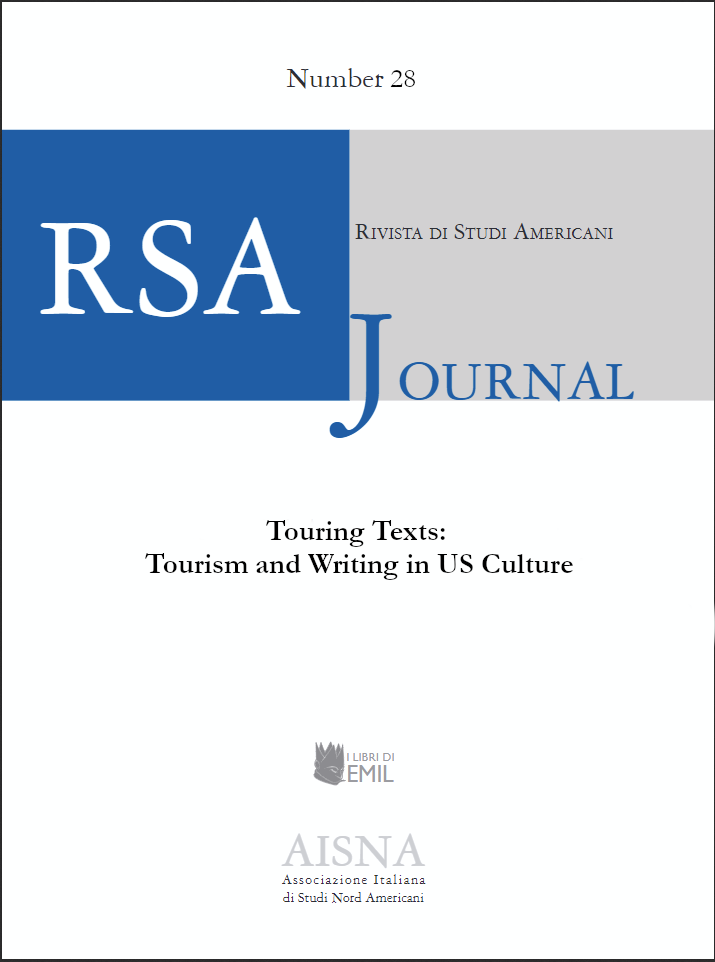A Marathon of 135 Chapters and an Epilogue
Reading “Moby-Dick” as Public Performance and Literary Heritage Event
DOI:
https://doi.org/10.13135/1592-4467/8562Parole chiave:
literary tourism, reading marathon, public performance, Moby-DickAbstract
In a way, Moby-Dick occupies a special place in American literary history and popular imagination. Seemingly cursory references to the difficulty or failure to read Moby-Dick abound in American popular culture, ranging from such diverse cultural media as cartoon series to films. M. Thomas Inge calls Moby-Dick “the great unread American novel,” thus echoing a widespread notion that the novel is hard to read and therefore not widely read. This article investigates Moby-Dick not so much in its capacity as a novel that is “unread” by the individual but rather as a piece of literature at the center of a collective act of reading. So-called Moby-Dick reading marathons, organized at various locations along the American East and West coasts, ultimately turn the novel into a performance and into a visitor attraction. Unlike more conventional sites of literary tourism where the author’s house and biography lure tourists, these marathons are a form of literary tourism in which the text itself figures centrally. Framed by diverse event programs and sometimes connected to living history, with a Melville impersonator present, these marathons, by inviting visitors to take turns reading the novel publicly, transform the notoriously challenging novel Moby-Dick into an interactive, participatory literary heritage event.
##submission.downloads##
Pubblicato
Fascicolo
Sezione
Licenza
Avviso sul Copyright
RSAJournal applica una licenza CC BY-NC-ND a tutti i suoi contributi. Questa licenza consente agli utenti di copiare e distribuire il materiale in qualsiasi supporto o formato solo in forma non adattata, per scopi non commerciali e a condizione che venga esplicitato/a l'autore/autrice dell'opera. CC BY-NC-ND include i seguenti elementi:
- BY: L'autore deve essere riconosciuto come tale.
- NC: Sono consentiti solo utilizzi non commerciali dell'opera.
- ND: Non sono consentite opere derivate o adattamenti dell'opera.
Gli autori che pubblicano con questa rivista accettano i seguenti termini:
- Gli autori conservano il copyright e tutti i diritti di pubblicazione per i loro contributi alla rivista.
- Gli autori concedono alla rivista il diritto di prima pubblicazione in base alla licenza internazionale Creative Commons Attribution-NonCommercial-NoDerivatives 4.0, che consente ad altri di condividere l'opera non modificata per scopi non commerciali a condizione che venga esplicitato/a l'autore/autrice dell'opera e la sede di pubblicazione iniziale (questa rivista).
- Gli autori sono in grado di stipulare accordi contrattuali separati e aggiuntivi per la distribuzione non esclusiva della versione pubblicata dalla rivista (ad esempio, per inserirla in una repository istituzionale o pubblicarla in un libro), con l'indicazione che il contributo è stato precedentemente pubblicato in RSAJournal.




